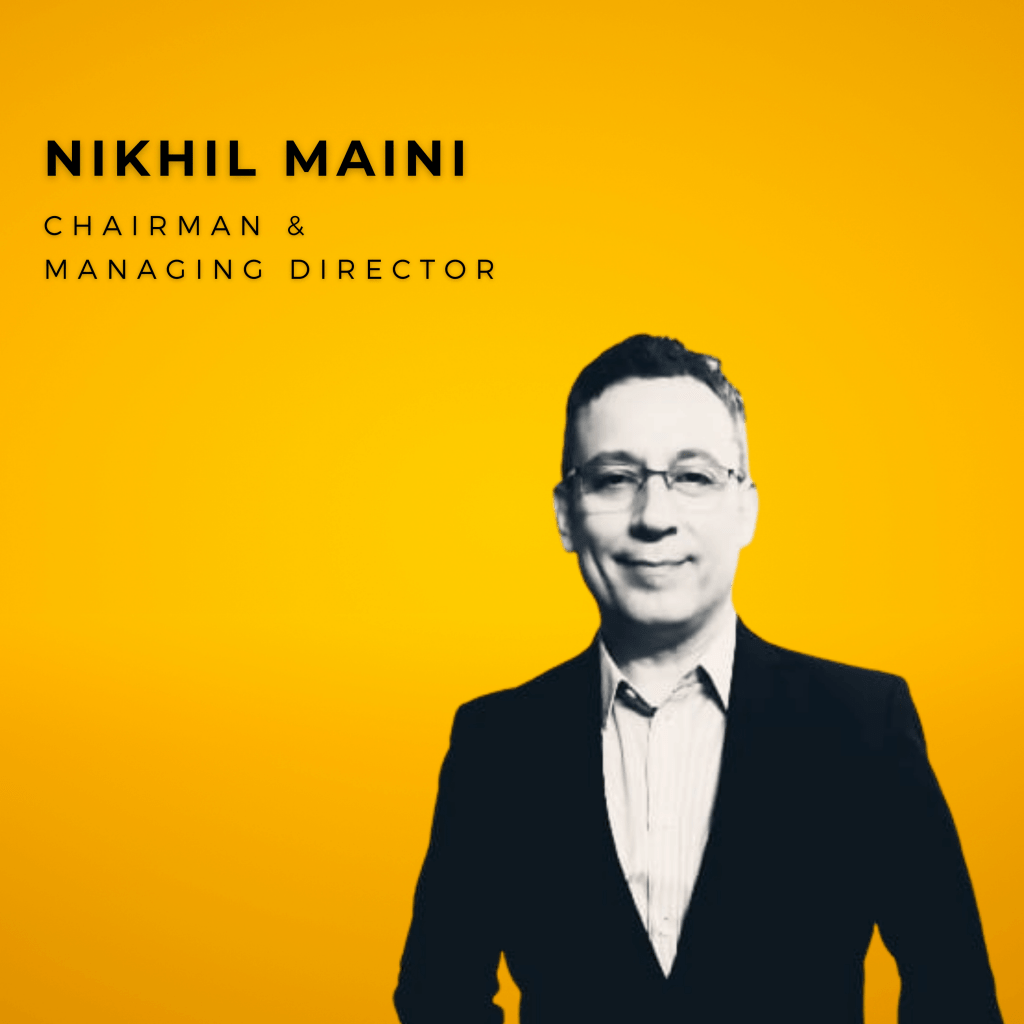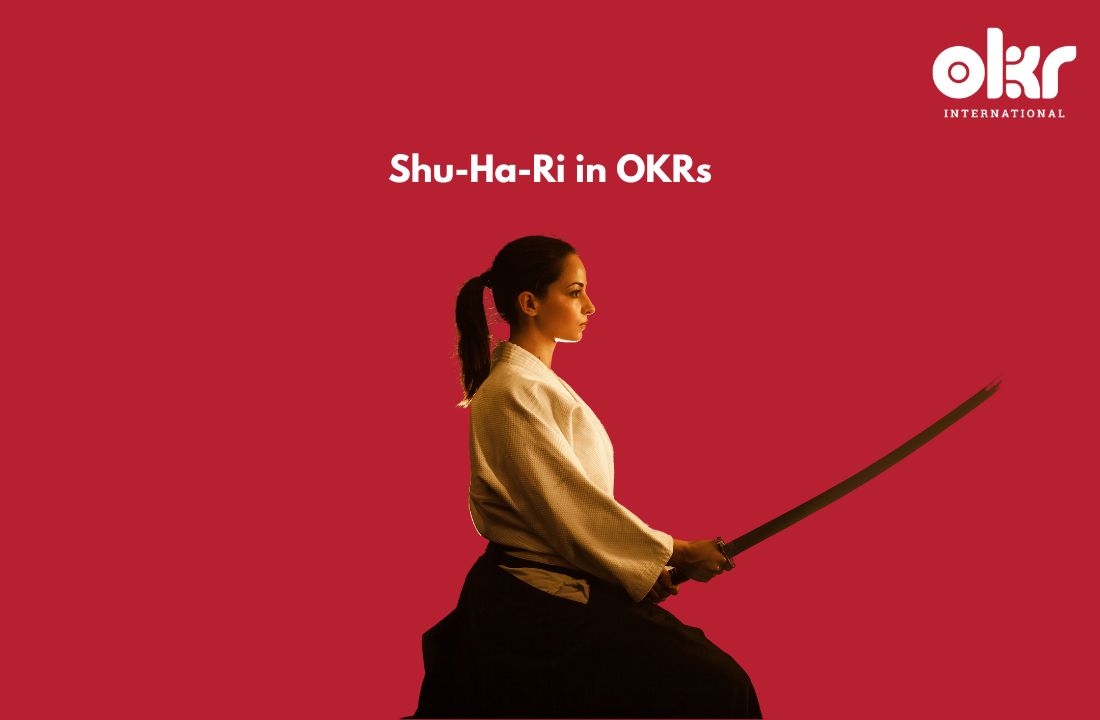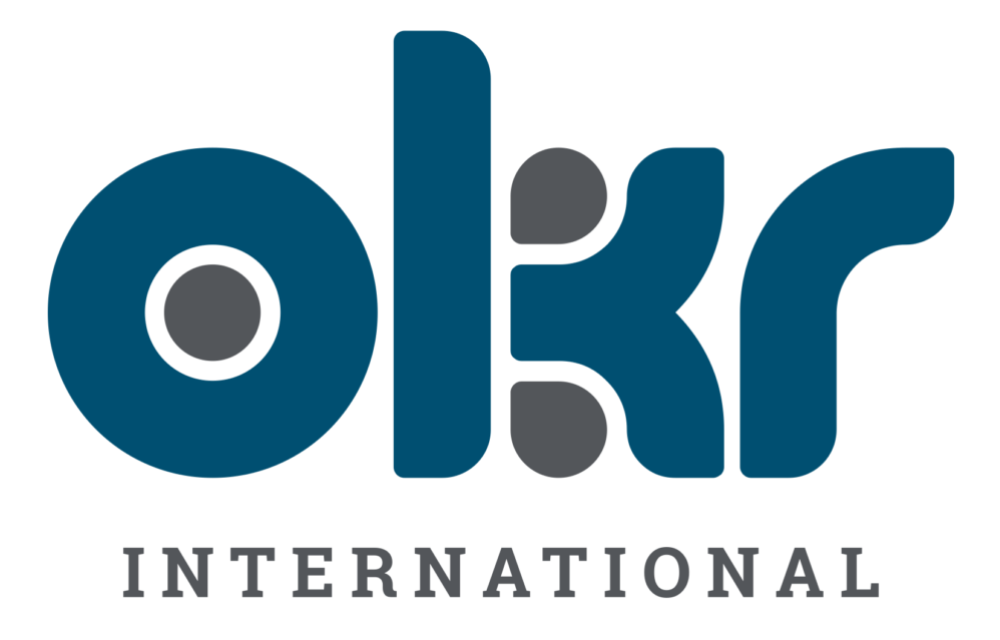Estimated reading time: 5 minutes
Precursor: The Fluid Nature of OKRs
OKRs is an open-source framework. They are meant to be fluid and adaptive. There is no single ‘correct way’ or ‘veritas’ when it comes to implementing OKRs. That’s precisely why I feel excited knowing how powerful this can be for user teams. I am sure you have several questions at this stage like what exactly is Shu-Ha-Ri? Why use it with OKRs? and How does one use Shu-Ha-Ri in OKRs?
There are some benefits and principles that remain common to all OKR implementations. That apart, you can use OKRs to make it your own. So, when I came across the practice of Shu-Ha-Ri, the similitude with OKRs was compelling. This article talks about how one can bring the practice of Shu-Ha-Ri in OKRs.
In my previous article on why OKRs fail, I have talked about survivorship bias and social proof. When it comes to survivorship bias, we systematically overestimate our chances of success. This is also linked to social bias as our decisions are often regulated by the majority’s. Combine them together and you fill find how they can derail your OKR efforts, single-handedly. But why am I talking about these biases? Because when people choose to run OKRs just because Google or Intel did it, they succumb to these biases I have just mentioned.
What’s Shu-Ha-Ri (守 破 離)?
Shu-Ha-Ri says that while we adhere to traditional wisdom as novices, we should break with it, especially when we gather new knowledge. This allows you to understand the essence of past success and use the new-found knowledge to improvise and evolve.
守 Shu refers to ‘protecting’ something as it has been passed down, a practice also referred to as ‘maintaining the status quo’. In Shu, we repeat the forms and discipline ourselves. This means considering what we know from the master from whom we learned it first. It may require a sort of Kata (repetitive PDCA cycles) in order to master the basic form. We remain faithful to these forms with no deviation.
破 Ha is the process of breaking down the status quo. It is the friction that must occur for change to take place. This development brings with a certain degree of angst. It is possible, at this stage, to begin to develop personal interpretations and in so doing ‘break away from’ the tradition and begin developing one’s own way of doing things.
離 Ri refers to the ‘distance’ achieved from where the individual started to where they have come. On their journey through experience, practice, and contemplation they have changed. At this stage one has both developed the knowledge and attained the experience to deeply reflect on the basic principles they were taught and manipulate (in positive ways) the rules to suit their own needs. At this stage, the experienced practitioner begins to do things their “own way”, but their own way is still deeply rooted in the traditions they learned when they were still novice. However, now they may begin to create their own customs to preserve the fundamental traditions. One may consider such actions adaptive or changing with the times.
OKR Similitude
There’s a rhythm and flow to OKR planning and implementation that “Shu” establishes. This develops the OKR muscle and improves the cadence. It establishes a ‘way of working’ that impacts the norms, behaviors and culture within the unit. This is the repetitive OKR Kata that results in creating a cadence or rhythm recognised by members.
In “Ha” the team starts experimenting with different questions within the OKR stand-ups, all hands meetings or cadence reviews. They may also experiment with number of OKRs within a cycle. Some teams are also seen to question the duration of each cycle, even. This change may or may not yield improvements which causes some frustration and realizations simultaneously. The team learns what deviations are working that augment or illuminate their current challenges.
“Ri” is when the unit decides to make fundamental changes to the structure of the organisation. For example: creating networks rather than hierarchies where OKRs may thrive. Or a team can move away from standard template-based questions and their stand-up is more like a flow of information that everyone finds useful. It is quick, concise, impactful, and adapts easily to the situation the team is facing.
Why Shu-Ha-Ri works?
Most management practices have set ways, formats, and templates. Many goal setting frameworks are quite similar too. But implementing them remains a huge challenge for change agents. Their dogmatic approach become barriers to adopting these practices.
The idea of Shu Ha Ri provides the much-needed flexibility and opportunity for people looking at adopting OKRs as a goal setting and execution framework. It allows teams to use OKRs to its fullest extent by leveraging its true powers. OKRs are meant to help teams focus on outcomes, priorities, and alignment without being dogmatic about it. Shu-Ha-Ri provides the much needed experimentation and fail-fast mindset that OKRs so need.
References
Elssamadisy, A. (2008). Agile Adoption Patterns: A Roadmap to Organizational Success. Boston, MA: Pearson Education, Inc.
Shuhari. (2019). In Wikipedia. Retrieved January 3, 2020, from https://en.wikipedia.org/wiki/Shuhari
SHU HA RI the Process of Human Development, Marc Waterfield. This essay was submitted to the International Chito-Ryu Karate-do Federation as a component of the Renshi go grading requirements.
The Shu Ha Ri of OKRs, Brett Knowles.
Popular Blogs

Over the last 26 years, Nikhil has helped more than 400+ organizations across 22 industries in Strategy Planning & Implementation, Culture Transformation, and Leadership Development. He is a coach & behaviorist by profession.
OKR International operates with the purpose to help companies become more agile, more collaborative & more successful. With a global repertoire across a dozen industries, they play in the areas of OKR Implementation, Mentoring & Coaching.



